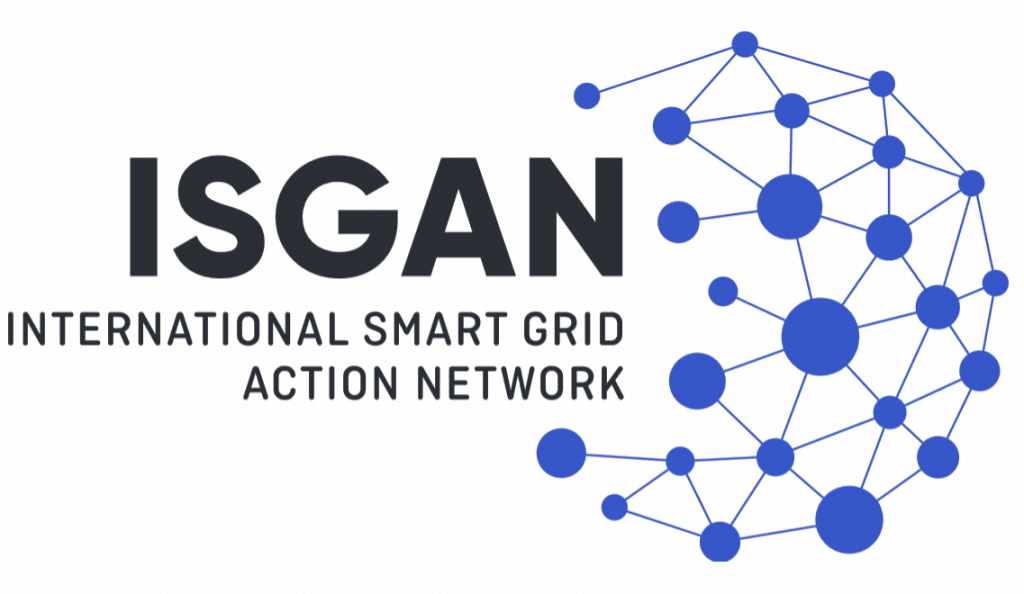The world’s electricity systems face challenges, including ageing of infrastructures, continued growth in demand, integration of variable renewable energy sources and plug-in electric vehicles, the need to improve the security of supply as well as the need to lower carbon emissions. Smart grid technologies offer a way to meet these challenges and to develop a cleaner and more efficient energy supply. However, national and regional circumstances, such as available sources of supply, grid structure and legislative and regulatory conditions, will give rise to a substantial diversity in the implementation of different smart grid technologies and system solutions.
In order to be able to disseminate experiences and conclusions regarding costs and benefits of these different projects in an efficient and systematic way, a framework for socioeconomic cost-benefit analyses in relation to smart grid solutions needs to be developed. Knowing ex-ante how the socioeconomic effects are distributed can support the design of new policies, the reformation of the regulatory framework as well as the prioritisation of initiatives, and shed light on gaps in research.
This report analyses the distribution of costs and benefits primarily in relation to decentralized electricity consumption on the residential level. The aim is to discuss whether social imbalances are induced by shifting the burdens of financing the grid towards lower income classes. Such imbalances may be aggravated by the tendency to go off grid, thereby challenging current cost recovery schemes.
Socioeconomic analyses are those that aim at identifying differences between groups of people that share similar characteristics like their level of education, employment status, living condition, occupation and income, among other. When assessing smart technologies and regulatory regimes in the context of smart grids, socioeconomic analyses highlight their associated social impact, thereby looking at how related measures affect energy consumption, income and wealth distribution, equity and participation.
The report especially focuses on the question how own, decentralized electricity production changes pricing and tariffing schemes and which socioeconomic factors should be taken into account when designing new cost and benefits models to analyse and assess investments in smart grids related technologies and smart grid regulation.

Energy consumption (in kWh/a) for different types (left) and sizes (right) of households

